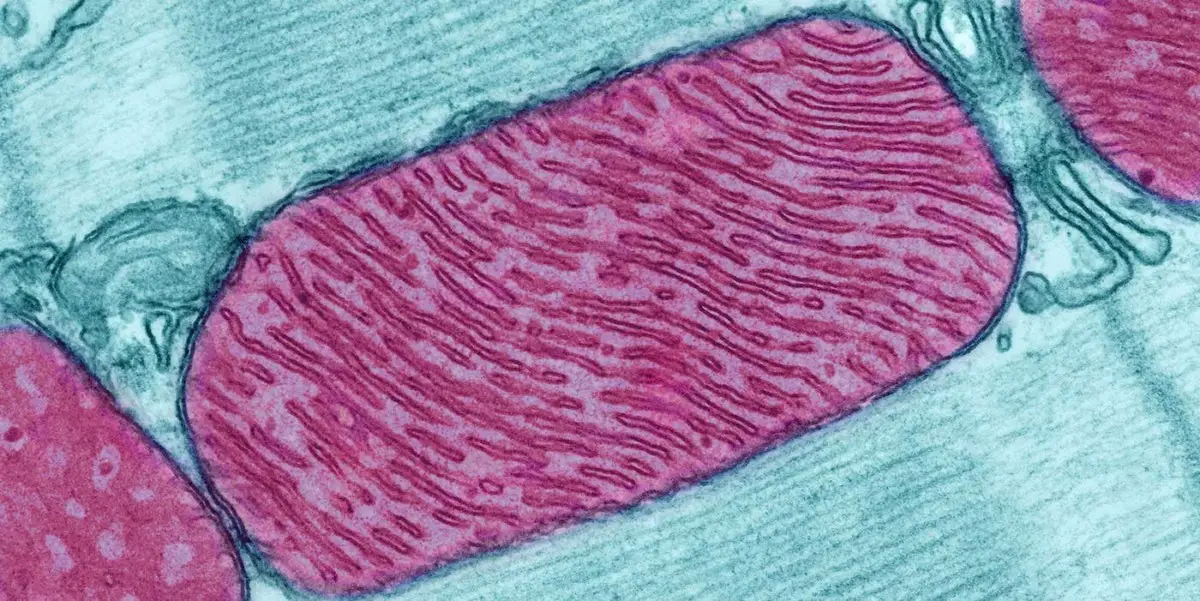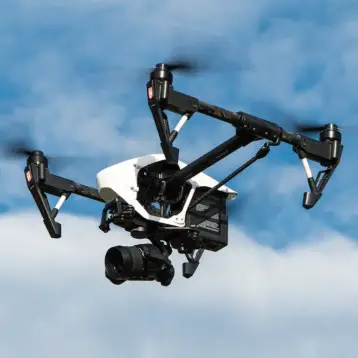
Space, a new frontier for curing Parkinson’s disease, is heartbreaking for a patient and his/her family and friends. You watch a once vibrant person continuously talk and walk slower, shake, and mentally disappear. Medically explained, Parkinson is a degenerative syndrome of the central nervous system affecting the motor system. Neurons or articular nerve cells break down or simply die in the brain. These neurons deliver chemical messages, also referred to as dopamine, into your brain. As the dopamine levels decline, an abnormal brain activity occurs, which leads to Parkinson syndrome. Supposedly, there should be a simple cure for such a simple process, but the motive of this disease is unknown. If this topic aroused your interest, you may ask for specific details at EssayVikings to be done strictly for your research.
Studies show the genes are primarily responsible for the occurrence of the disease, and environmental factors are also at fault. The latter may include the effect on certain pesticides, head injuries, smokers, and people who drink great amounts of coffee or tea. A personal study done several years ago indicted that those who work with hazardous materials, such as nuclear products, tend to exhibit Parkinson’s early symptoms. Affected individuals steadily manifest all symptoms from early shaking to dementia, and finally, death.
Symptoms
Parkinson disease early symptoms include tremors or other involuntary movements that characterize the syndrome. These tremors can increase during stress and involve the rhythmic flexing of the toes and fingers or the hands moving involuntarily. Usually, these tremors affect one side of the body more than the other one. Rigidity is a symptom defined as “cogwheel’ inflexibility. These are ratchet-like disruptions of inactive movements. Hypokinesia is also a reduction in movements. Scientific studies suggest that a decrease in instinctive movements such as arm swinging while walking is a Parkinson early symptom. At times, facial signs such as involuntary blinking, a fixed expression, and a smile that just comes and goes is a Parkinson indicator. Abnormal gait and posture is a pointer most often manifested in later symptoms of the syndrome. Besides, it’s hard to get out of bed or a chair for a person suffering from the syndrome, and their posture is often bent. Parkinson patients use small and shuffling steps and have trouble stopping at times. Speech problems may occur as well, making the person talking soft, or slurred. You may begin to talk in monotone rather than using inflection to define your conversation.
Treatments

Can Parkinson’s be cured? There is no cure, but medication can improve the symptoms. A surgery may also be helpful in normalizing some regions of your brain. Studies in the weightlessness of space using new technologies might bring relief to Parkinson’s sufferers. There are no specific tests to diagnose the disease. Doctors trained in nervous system conditions are able to diagnose Parkinson’s disease based on the patient’s medical history and a review of the signs and symptoms one is experiencing. Medications include carbidopa-levodopa or
Dupopa. Approved by the U.S. Food and Drug Administration in 2015, this medication is intended for patients with advanced Parkinson’s. Doctors administer the medication through a feeding tube in a gel substance straight to the small intestine. Dopamine agonists imitate chemical consequences in your brain.
Unfortunately, Parkinson medication side effects include compulsive behaviors, hallucinations, and insomnia. Anticholinergics have been used for many years to control tremors. The prescription name is Cogentin, but it does come with side effects, including decreased memory, muddled thoughts, hallucinations, constipation, and difficulty urinating. Other drugs have similar side effects, and it is up to you and your doctor to determine which medication side effects will be okay. Surgery might be an option if you are a candidate for this procedure. Electrodes are implanted into a specific part of the brain and connected to a generator entrenched in your chest. The generator directs electrical pulsations to the affected part of your brain to lessen your Parkinson’s disease symptoms.
Space Medicine
The weightlessness of space offers a unique learning opportunity for medical research. Scientists believe that zero-gravity effects on the skeletal systems plus the brain tissues of astronauts offer cures to such conditions as muscle wasting diseases, delicate bones, or even balance and vertigo problems that are often symptoms in Parkinson’s patients. A milestone in space medical research includes a device using NASA satellite technology that is implanted in the body to help control involuntary motion disorders through a stimulation of the targeted center of the brain. (Space, The New Medical Frontier, 2008). There are also state-of-the-art exercise resistive devices to help with muscle atrophy and the sedentary process related to Parkinson, cardiovascular deterioration, and brain dysfunctions. Three are no specific experiments in space dealing with Parkinson; however, each new medical breakthrough provides information about the brain and the ways dying brain cells can be healed. Photo Courtesy of NASA.









